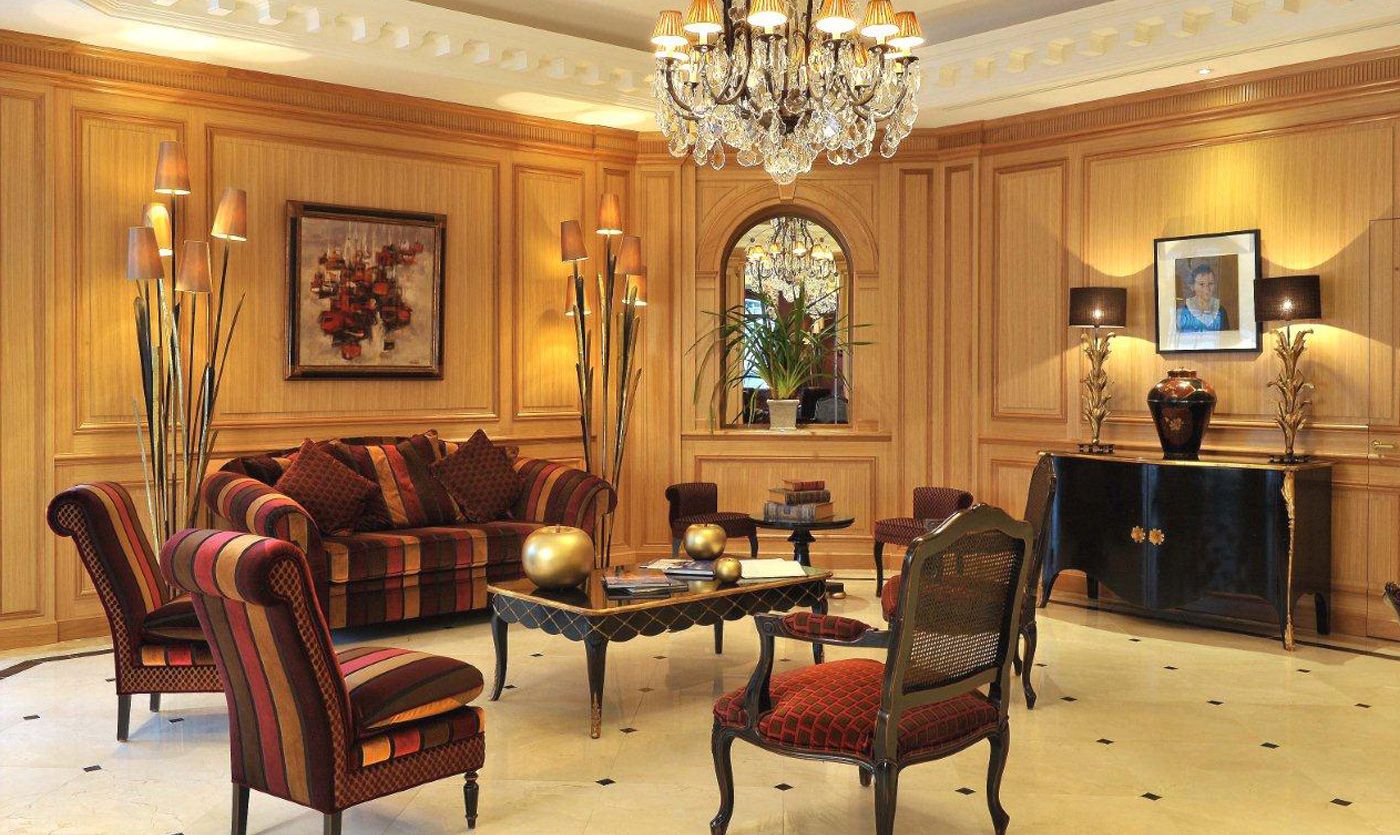

This paper presents a research on simulating the TVOC release of building materials in the environmental chamber. Total volatile organic compounds (TVOC) are mainly derived from indoor building materials and are one of the main causes of indoor air pollution. However, when the emission rate of CO2 is varied, CO2 may not be used as an indicator for formaldehyde despite their positive correlation. It was found that when emission rate of CO2 is constant, CO2 can act as a good indicator for formaldehyde when the formaldehyde emission rate (mg/h) divided by the emission rate of CO2 (L/h) is smaller than 0.14 and positive correlation occurred between them. The Pearson correlation analyses were also performed. In this study, indoor CO2 and formaldehyde concentrations in actual Chinese residences under natural and mechanical ventilation were simulated by the Monte Carlo method. Thus, it is important to determine whether CO2 could be used as an indicator for formaldehyde in engineering applications. However, formaldehyde sensors are generally expensive, and they are not as accurate as CO2 sensors. Formaldehyde is one of the most ubiquitous indoor pollutants with proven adverse health effects. Indoor air quality (IAQ) plays a significant role in human health, and CO2 has a long history of use as an IAQ indicator. The main merit of the ANN is that it doesn't need to solve the challenging problem of obtaining the key parameters when using physical models for prediction, and will thus be very useful for indoor source characterization, as well as for exposure assessment. These indicate that the trained ANN model has excellent capability in predicting the VOC concentrations from furniture. The MAPE values of the ANN model are within 10%. For all of the tested VOCs from different types of furniture, the RDs between the predictions and experimental data at 150 h, are less than 15%. We used relative deviation (RD) and mean absolute percentage error (MAPE) as the criteria for evaluating the performance of the ANN. Pearson correlation analysis demonstrates that there is a strong correlation between the input datasets. We selected a back-propagation neural network, with 3 hidden layers, and a learning rate of 0.01. The trained ANN model could then be used to predict VOC concentrations at other emission time. We then used these VOC concentration data as input for training. The gas-phase VOC concentrations from four kinds of furniture (solid wood furniture, panel furniture, soft leather furniture, soft cloth furniture) were measured in a 1 m³ chamber at different temperatures, relative humidity and ventilation rates. We have taken a typical machine learning approach using an artificial neural network (ANN), to predict the emission behaviors of VOCs from furniture. The emissions of volatile organic compounds (VOCs) from indoor furniture contribute significantly to poor indoor air quality. Moreover, the optimal strategy can be projected to save 8.7% annual energy consumption and 15% of the operation cost. The optimal control strategy guaranteed acceptable indoor air quality during hazy days while the traditional strategy did not. As an illustrative example, we compared our optimal control strategy to the traditional constant air flow rate strategy in a Beijing reference bedroom. For multiple target indoor pollutants, the principle of the optimal control strategy was to ensure the max = 1 (i = 1,2, …m), where Ci,in and Ci,st are the concentrations of indoor air pollutant i and the corresponding threshold in the standard. In this study, we developed an inverse problem approach using a variation method to solve this problem. A control strategy for a fresh air system that yields acceptable indoor air quality with minimum energy consumption, that is “optimal control,” has not yet been identified. Previous studies usually set the control strategies first, and then evaluate the resulting indoor air quality and energy consumption. With the popularization of fresh air systems, it becomes important to optimally control them. It is a critical task for sustainable development in urban China to reduce energy consumption in residences while maintaining a healthy and comfortable indoor air environment.


 0 kommentar(er)
0 kommentar(er)
